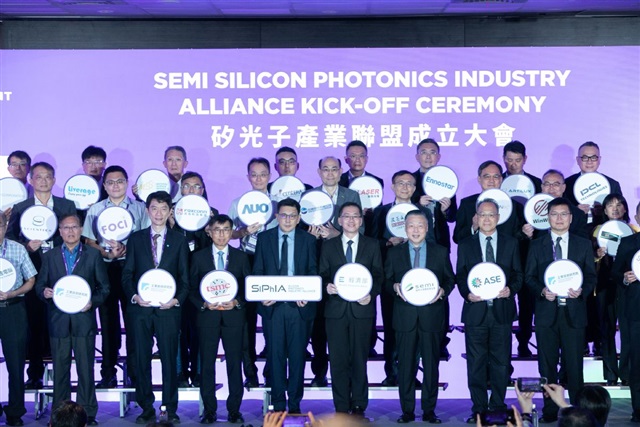Silicon photonics (SiPh) is one of the cutting-edge technologies in a crucial Taiwanese government AI development program that aims to create more than US$500 billion in industry output by 2040. The government is about to launch a major AI development program that includes four new technology items and six infrastructure construction items.
Cheng-Wen Wu, minister of the National Science and Technology Council (NSTC), said that the four new AI tech items refer to intelligent robots, quantum computing, SiPh, and sovereign AI. If the program succeeds, it is expected to create NT$15 trillion (approx. US$510 billion) in industry output and 500,000 high-paying jobs by 2040.
Since SiPh development is already in full swing in the tech industry, the government resources will mainly be leveraged to support academic research on the development of forward-looking technology and talent incubation.
The co-packaged optics technology (CPO) that employs SiPh can reduce power consumption and improve the efficiency of AI cluster computing. In addition to TSMC, more makers will embrace CPO in the future. Major academic research teams developing SiPh technology in Taiwan include those from the National Taiwan University of Science and Technology (NTUST), National Tsing Hua University (NTHU), National Yang Ming Chiao Tung University (NYCU), National Chung Cheng University (CCU), and National Sun Yat-sen University (NSYSU).
For example, CCU professor Guo-En Chang received the "Future Technology Award" from the NSTC in 2023 for his work on developing an electrically driven SiPh platform that does not require an external light source, which will greatly reduce the complexity and cost of making SiPh chips and can be applied to advanced optical computing and AI applications.
NTHU professor Ming-Chang Lee has proposed a programmable SiPh chip architecture, which is like an optical version of the FPGA. It aims to effectively reduce the time and cost of developing SiPh applications.
NSYSU researchers, including Yi-Jen Chiu and Yung-Jr Hung, have been developing composite SiPh gyroscope modules for inertial sensing applications. Hung has also developed a single-axis SiPh gyroscope chip technology, and his team is also developing a three-axis SiPh gyroscope single chip that can be used in self-driving cars, robots, and defense applications.
Article edited by Jack Wu




